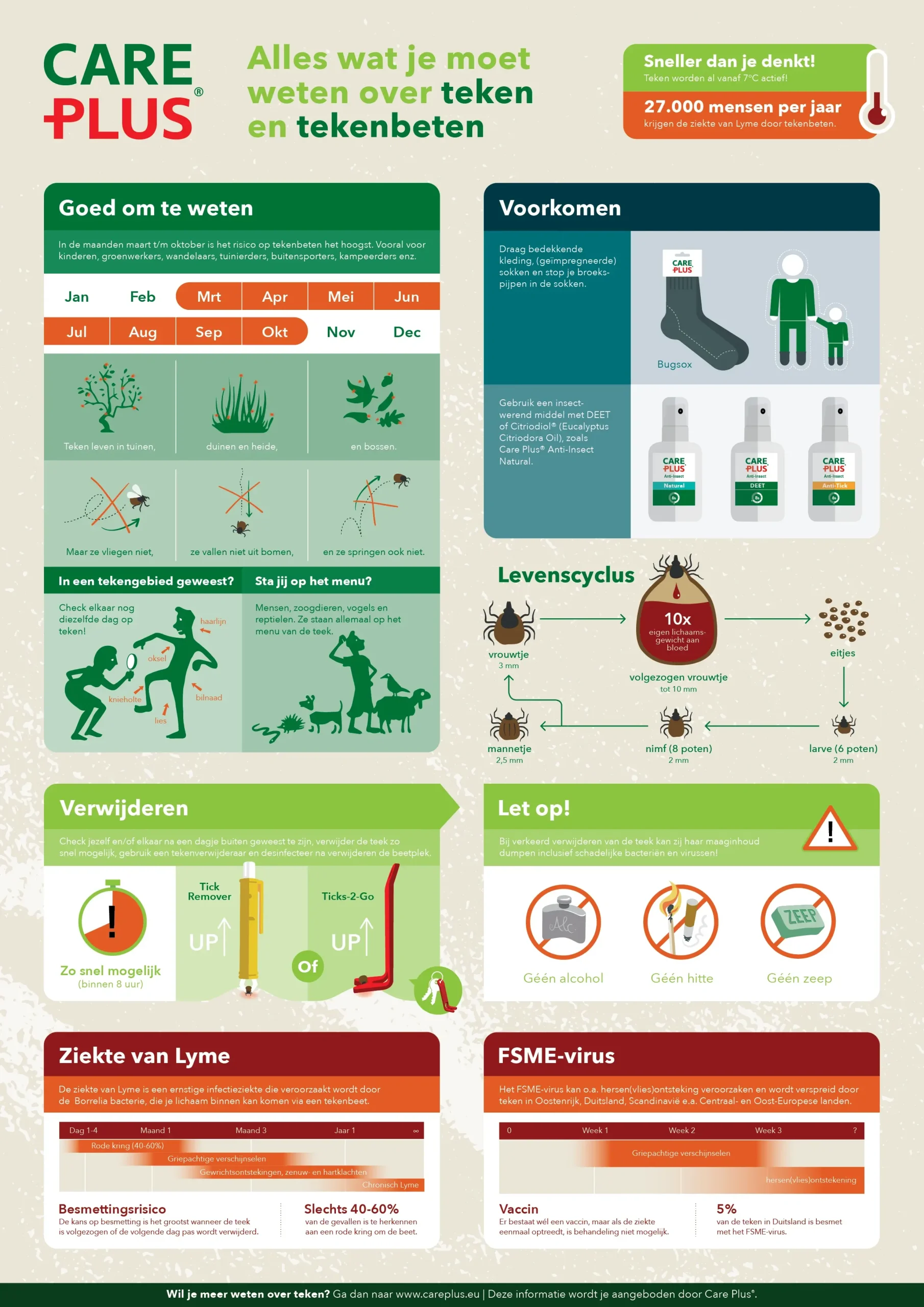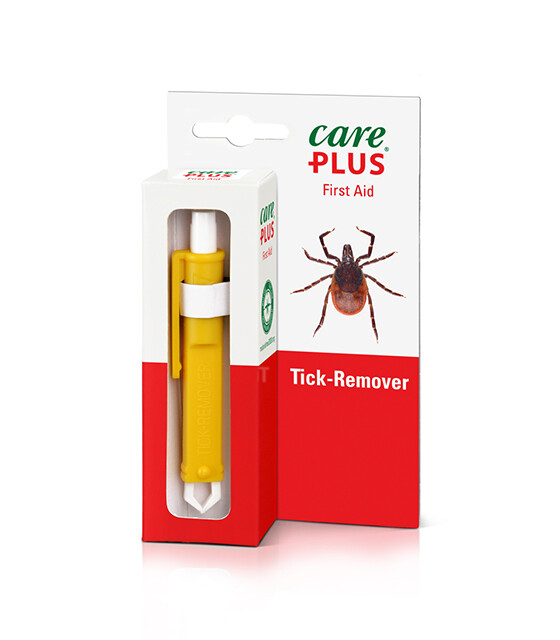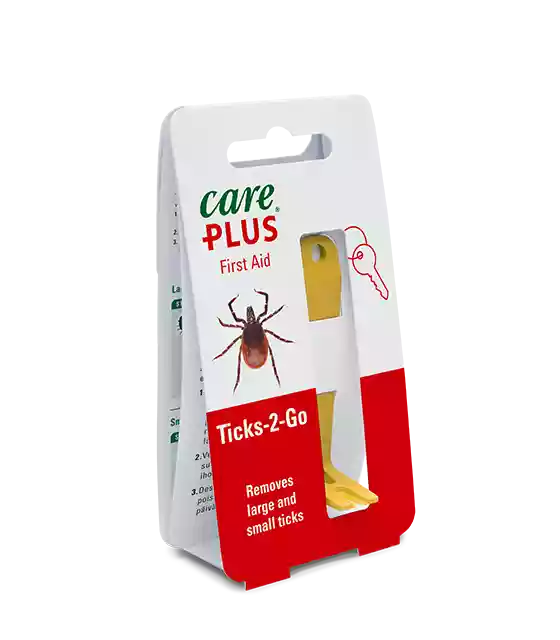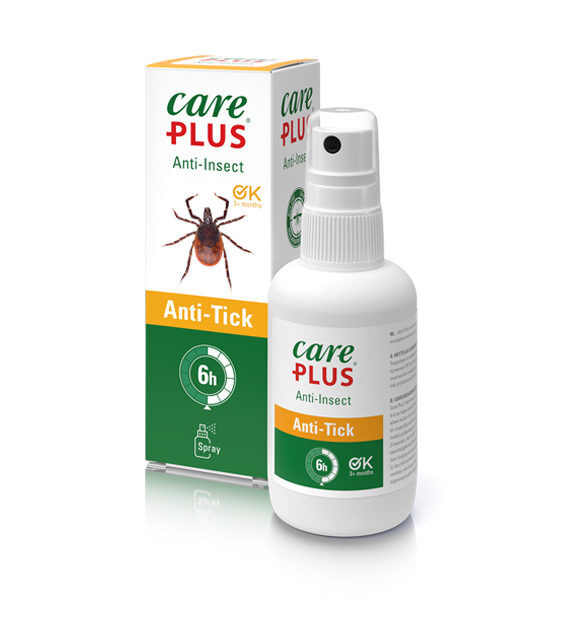How to safely remove a tick?
Removing a tick should be done quickly and safely. Always use special tick removers such as the Care Plus® Ticks-2-Go or Care Plus® Tick Remover. In just a few steps, you can remove a tick correctly and you run the least risk of infection with the Borellia bacteria, the cause of Lyme disease.
Warnings when removing a tick
Do not sedate the tick with alcohol or other narcotics. Do not heat the tick, not even with a cigarette. If the tick is sedate or heated, it will go into shock and release its pathogens in response via its saliva.
PLEASE NOTE! If the tick is removed incorrectly, it can dump its stomach contents, including harmful bacteria and viruses!
Removing a tick with the Ticks-2-Go
The Ticks-2-Go has two openings, suitable for ticks of different sizes.
1. Hold the Ticks-2-Go with your thumb and index finger and carefully place the gripper over the tick – as close to the skin as possible.
2. Pull the tick out of the skin with a few careful tugs.
3. Disinfect the bite site and note the date of the bite.
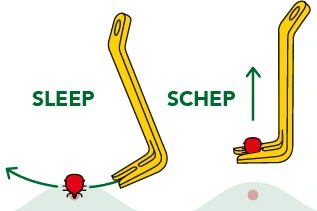
Removing a tick with a tick remover
- Hold the tick remover with your thumb and middle finger and press the back of the remover with your index finger: the gripper will now open.
- Carefully place the gripper over the tick – as close to the skin as possible – and then let the gripper close.
Then, with a few careful tugs, pull the tick straight out of the skin. - Disinfect the bite site and note the date of the bite.
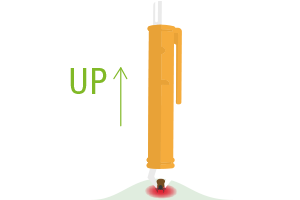
Care Plus® Tick-Remover
Easily remove a tick with our Tick-Remover. The tick remover is mainly suitable for adult ticks. Small ticks and nymphs may be too small to be removed by this tick remover. Read the instructions for use before use.
Care Plus® Ticks-2-Go
Remove a tick in no time with our Ticks-2-Go. This tick remover is suitable for removing adult ticks, small ticks and nymphs. Easily hang this tick remover on your key ring.
Care Plus® Anti-tick spray
Whether you are sitting in your own garden, going out into nature for a day or visiting a bungalow park or campsite: you always want to prevent a tick bite. This bottle is sufficient for one person for 3 weeks of daily use.
Use Care Plus® Anti-Tick safely. Read the label and product information before use.
Prevent tick bites
Prevention is of course better than cure. That is why Care Plus® has products that protect against tick and mosquito bites in addition to tick tweezers and pens. Anti-Insect with or without DEET can be used on uncovered skin. You can also wear insect repellent socks to protect your ankles and legs. We also have a number of tips that reduce the chance of a tick bite.
Tips and advice
Are you going out into nature for a day, for example to do sports, picnic or walk the dog? Have you been out in nature? Then check yourself and/or family members and housemates regularly for ticks. Has a tick crawled into your skin despite preventive measures? Then remove it as soon as possible, preferably within 8 hours, with special tick tweezers. Note the date and location of the bite in case any symptoms occur.
Frequently asked questions about tick removal
How do I know if a tick has been removed properly?
A tick is properly removed if:
- You no longer have any tick remains in your skin.
- You have not crushed the tick with the tick tweezers or with your nails.
- You have not removed the tick using alcohol or fire.
- You have removed the tick as quickly as possible.
Is it bad if part of the tick remains in the skin?
Try to remove as much of the tick as possible. The remainder will come out of the skin after a few days, like a splinter. By killing the tick and removing the body, you prevent the leech from transmitting diseases. Always disinfect the bite site with a disinfectant. Only do this after removing the tick.
What symptoms should I look out for after removing a tick?
If a discoloration or red circle appears around the bite site, contact your family doctor. Also contact them if you experience flu-like symptoms, reduced strength, radiating pain or joint pain. After removing a tick, note the date and location of the bite. Keep a close eye on the site. Discoloration may appear up to three months after the bite.
Can I remove a tick without pliers?
Don’t have a tick remover at hand? Don’t panic! You can also remove a tick that has just crawled into your skin and has not yet filled itself with blood with your nails. Be careful not to squeeze the tick and never remove a tick with alcohol or fire. The tick may empty its stomach contents into your skin out of fear, which increases the risk of infection. It is therefore wise to take a tick remover with you when you go to a nature reserve.
Is the tick remover also suitable for my dog or cat?
The Care Plus® tick remover and Ticks-2-Go are also suitable for removing ticks from pets. Use the remover in the same way as for people. Please note! Other insect repellents such as Care Plus® Anti-Tick are not suitable for your pet. Consult your veterinarian for a suitable tick repellent for pets. Read our article 'removing a tick from a dog or cat’ for more information.
Can I remove a tick with my nails?
No. Never use your fingernails to remove a tick. The head can remain in the skin, causing irritation. You also run the risk of crushing the tick, causing it to empty its stomach contents into the bite wound, increasing your risk of contracting Lyme disease or tick-borne encephalitis.
Why does a tick stick so firmly to the skin?
A tick drinks blood from its host for three to sometimes more than ten days. To achieve this, the tick spits all kinds of substances into the skin. One of these substances creates a kind of hard 'cement’ around the stinging mouthpart. This substance is so strong that when removing a tick, skin and hair can sometimes even be pulled off. In addition, the stinging mouthpart itself is also extremely suitable for penetrating and anchoring in the skin. There is a fixed pointed organ on the tick’s head: the hypostome. With this, the tick attaches itself to the skin with dozens of barbs. On top of the hypostome are two more cutting jaw parts: the chelicerae. These move up and down and at the tip of the hypostome even slightly to the side, allowing the tick to literally bury itself and attach itself to the skin. Even if you remove the tick in the best possible way, sometimes some pieces of the mouthparts remain behind. This will naturally slough off the skin, but it is of course best if you can remove the tick in its entirety.
